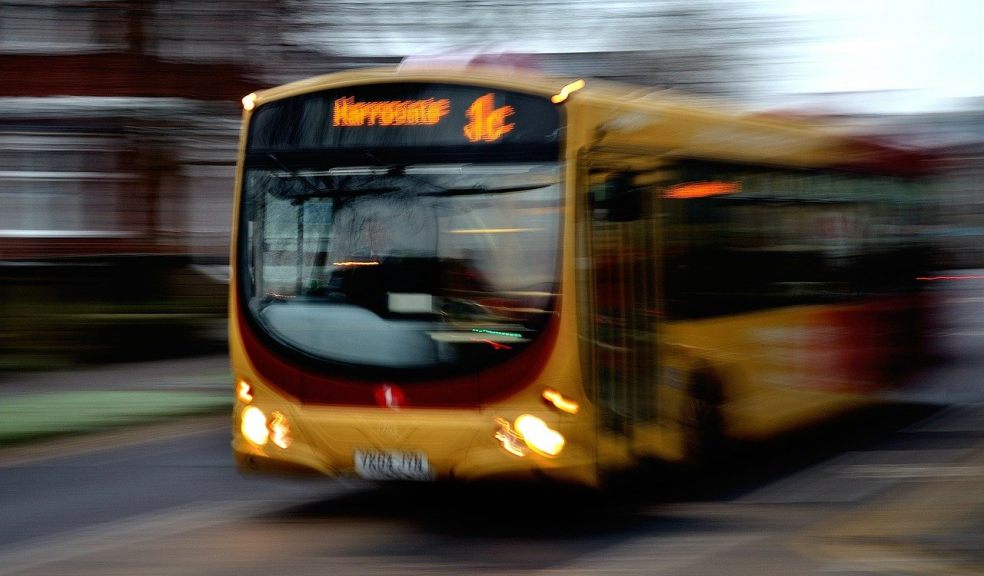
Automatic passenger counting systems for public transport
A range of different technology is being deployed by transport operators to simplify their passenger-counting systems. Data acquisition systems can count passengers on vehicles such as buses and trains. While there are several technologies involved in passenger-counting, so far, video passenger counting systems have a much higher level of accuracy and versatility. Video passenger counters can keep track of the number of people boarding a vehicle at each stopping point and they are about 98% accurate. On the other hand, with manual counting, figures can be out by 15%.
Passenger-Counting Systems: How Do They Work?
Most passenger-counting systems work by having cameras installed around the door sections. These cameras are linked to counting units that use software algorithms to detect the movement of passengers through the entrance or exits. Embedded video systems let operators view live footage of the passengers and their entry or exit. This way, counts can be verified and systems configured over the internet. Transport operators can choose to store the counts locally.
Automatic Passenger-Counting (APC) systems provide accurate data at cheaper costs, irrespective of how busy the systems are. Since APC systems provide reliable information, when you incorporate them into your vehicle tracking technology, you can tell where your bus is at any given time, as well as how many people are on board. Want to install passenger counters in your vehicle? Contact EyeRide for passenger-counting solutions.
Other counting systems consist of optical sensors that are installed at the doors of the vehicle. These intelligent optical sensors can detect when passengers get on or off a vehicle. In-built vehicle electronics then do the necessary calculations to determine the occupancy of the car. The question is, what happens in complex situations where things aren't very clear, say two or more passengers are boarding a vehicle at the same time? Well, in that scenario, advanced intelligence is employed to ensure that group movements are accounted for.
What Are the Benefits of Automatic Passenger-Counting Systems?
APC systems have become essential tools allowing transport managers to monitor the workload and occupancy of their fleet. Carriers can also use passenger counting information to effectively plan their connections, improve the efficiency of their services — while lowering running costs. Although some crucial information about passenger numbers can be estimated from the fare collection systems, there is more room for error — fare collection systems can give inaccurate results.
Another advantage of an APC system is that it provides transport carriers with reliable real-time information on passengers in their vehicles, including their origin and destinations. The available data can further be processed using complex predefined functions. It’s also possible to define special specific factors for examination.
Conclusion
The emergence of vehicle tracking technologies has been a blessing to fleet companies. And with passenger counting systems becoming even more popular, carriers can optimize their routes better, verify their performance, reduce their operational costs, and adjust their vehicle capacity.
Automatic passenger counting systems can reliably differentiate between non-human objects (baggage) and passengers. These advanced features make APCs a good investment for your buses, trains, and other vehicles.

















